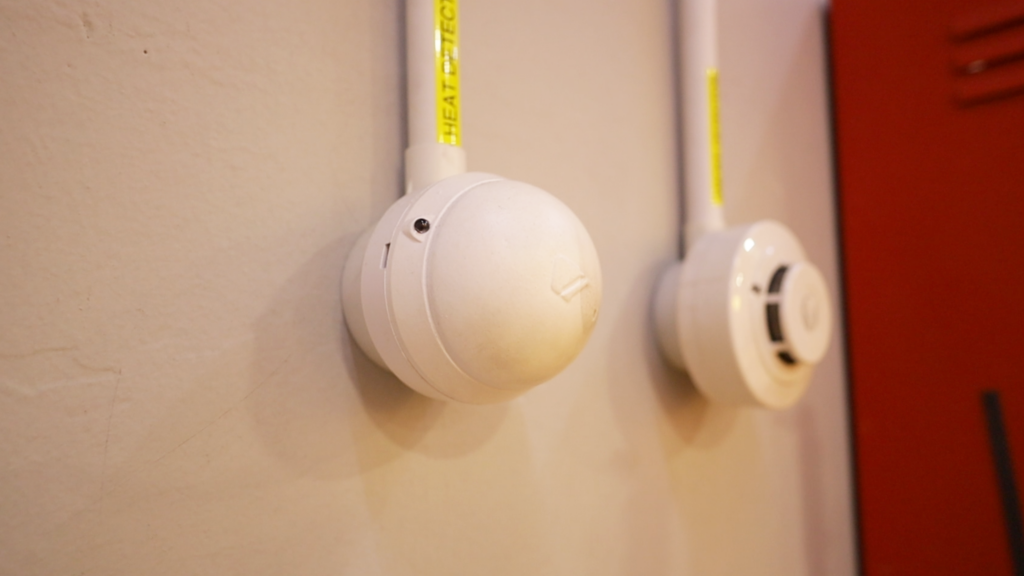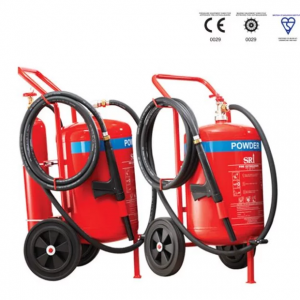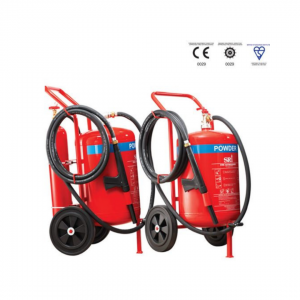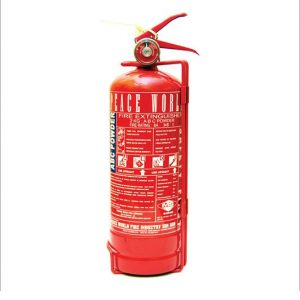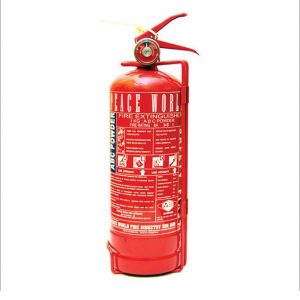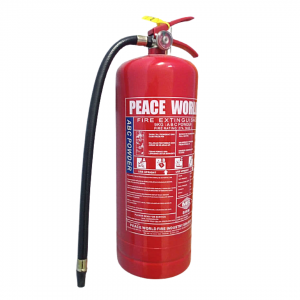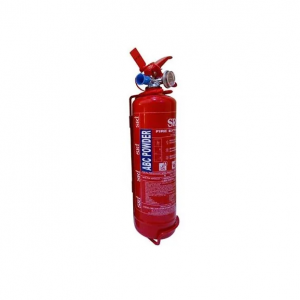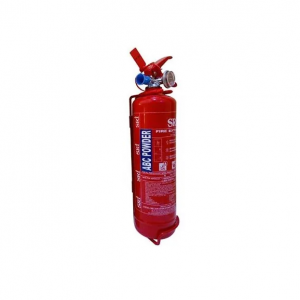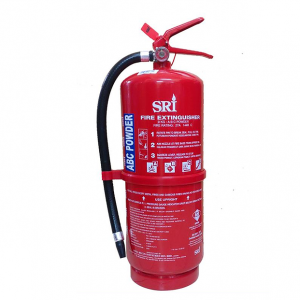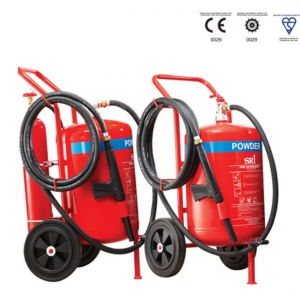The Role of Heat Detector in Fire System
Heat detector, often overlooked in favor of their more prominent counterparts, smoke alarms, are crucial components of a comprehensive fire safety system. While smoke detectors are commonly associated with fire prevention, heat detector are essential components of a comprehensive fire safety system. By sensing changes in temperature, these devices provide an early warning of a fire, allowing occupants to evacuate and emergency services to respond promptly. This article delves into the role of heat detector work and their integration with other fire safety elements.
Understanding Heat Detector
Heat detectors are devices designed to respond to changes in temperature rather than smoke. They are especially useful in environments where smoke detection may not be as effective, such as kitchens or garages. There are two main types of heat detectors:
- Fixed temperature detectors: Activate at a predetermined temperature.
- Rate-of-rise detectors: Respond to rapid increases in temperature.
By detecting heat instead of smoke, these devices can provide early warning of a fire, giving occupants more time to evacuate safely.
How Heat Detector Work
Heat detectors function by detecting an abnormal rise in temperature within a protected area. They come in two primary types:
- Rate-of-rise detectors: These respond rapidly to a sudden increase in temperature, ideal for detecting fast-burning fires.
- Fixed temperature detectors: These activate when the ambient temperature reaches a predetermined level, suitable for areas prone to slow-burning fires.
The Intergration of Heat Detector with Fire Safety Systems
| Fire Safety Systems | Description |
|---|---|
| Smoke Alarm | While smoke alarms excel at detecting fires in their early stages, heat detectors offer complementary protection. In environments prone to false alarms, such as kitchens or areas with high humidity, heat detectors can provide a more reliable alert. |
| Sprinkler Systems | Heat detectors can trigger sprinkler systems, initiating water discharge to suppress a fire before it spreads. |
| Fire Alarm Control Panels | - Heat detectors connect to fire alarm control panels, which centralize fire detection and response. - When a heat detector activates, it sends a signal to the control panel, triggering alarms and initiating other emergency procedures. |
| Emergency Notification Systems | Integration with emergency notification systems allows for immediate communication of a fire to occupants and emergency responders, facilitating evacuation and response efforts. |
Heat detectors are indispensable elements of a comprehensive fire safety strategy. By working in conjunction with smoke alarms, sprinkler systems, and other fire protection measures, they provide essential early warning and contribute to the protection of life and property. While smoke alarms remain crucial for detecting fires in their earliest stages, heat detectors offer a valuable complement, enhancing overall fire safety. Investing in a combination of both heat and smoke detectors is essential for creating a safe environment for occupants.
By understanding the role of heat detectors and their integration with other fire safety components, building owners, and residents can make informed decisions to protect themselves and their property from the devastating consequences of fire.
Ready to improve your home’s protection? Learn more about our heat detectors and other fire safety solutions. Reach out to us at here to schedule your free consultation. Your safety is our mission – let’s achieve it togethe!

